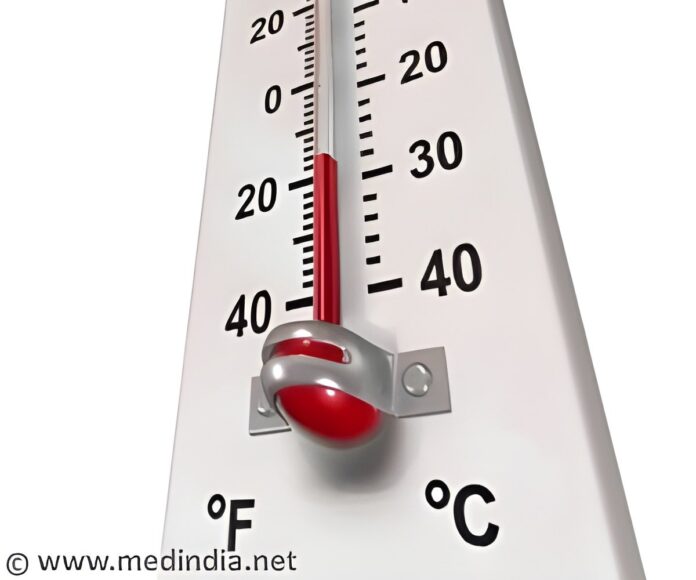Extreme temperatures are silently claiming over 74,000 lives in India each year.
India is facing a silent death toll with extreme temperatures! From lethargically ignoring the issue to watching it bloom into a full-blown crisis, we might have wondered what survival in extreme conditions would lead to. The answer, unfortunately, is death.
The PLoS Medicine research documents how extreme temperatures kill more than 74,000 individuals a year. The recent discovery requires swift action to fight climate change, along with its harmful impact on public health outcomes (1✔ ✔Trusted Source
Mortality attributable to hot and cold ambient temperatures in India: a nationally representative case-crossover study
Go to source
).
Extreme Heat and Cold Taking Lives
Researchers at the University of Toronto and the London School of Hygiene & Tropical Medicine revealed these disturbing findings. Nationwide mortality statistics are increasing because of both intense heat waves and powerful cold spells. Older adults above 65 years of age face a severe risk during
How India’s Geography Shapes the Crisis
Because of its diverse climate, India does not experience equal temperature conditions nationwide. Regions from northern to central India experience extreme heatwaves, but as temperatures drop, cold death rates increase in both the northeast and the Himalayan foothills. The existing geographical differences demonstrate a requirement to develop customized approaches that deal with unique
Specific populations encounter an increased risk of death due to high temperatures. Those most susceptible to temperature-related deaths include individuals with pre-existing health conditions, together with
A Collective Fight for a Cooler Future
The results of this study serve as a clear warning to decision-makers. Health organizations should put early warning systems, public health initiatives, and
By prioritizing climate resilience and public health, India can protect its people from the fatal consequences of temperature extremes.
Reference:
- Mortality attributable to hot and cold ambient temperatures in India: a nationally representative case-crossover study – (https://pmc.ncbi.nlm.nih.gov/articles/PMC6057641/#abstract3)
Source-University of Toronto and the London School of Hygiene & Tropical Medicine


